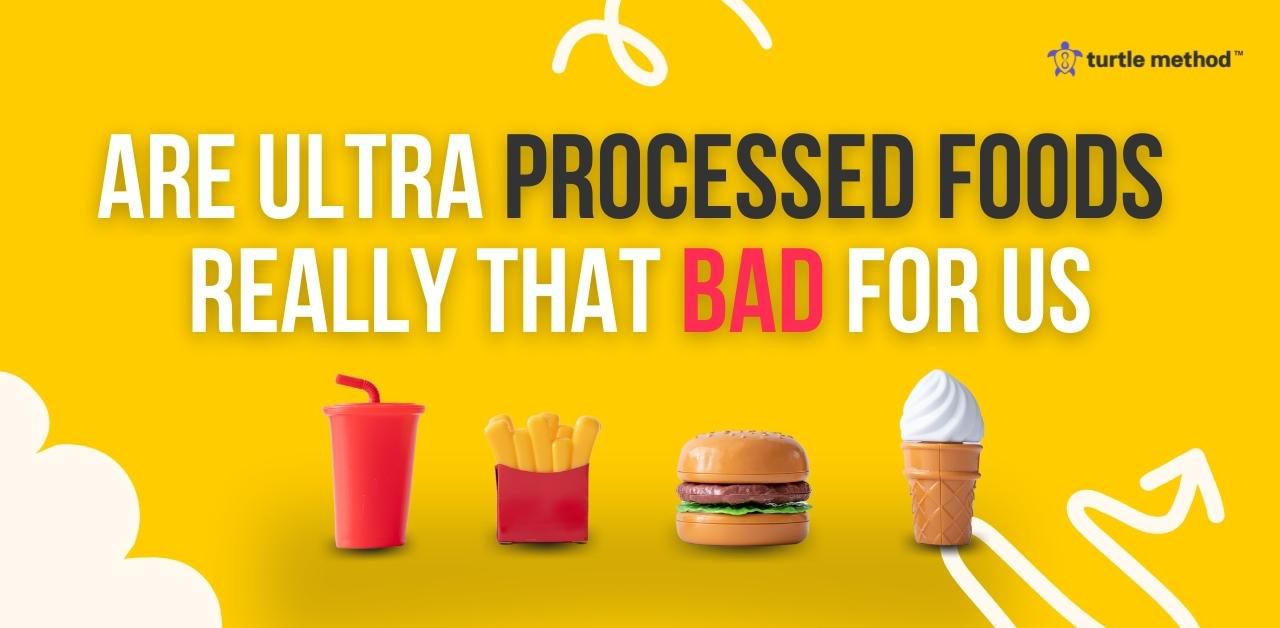A 2021 study found that a diet with a combination of processed and unprocessed foods had more nutrients than a diet composed of only unprocessed foods with the same calories. The study also found that food patterns created using unprocessed foods were significantly more expensive than those created using foods in the ultra-processed category. PMID: 34836094

The study determines whether nutrient-adequate food patterns could be created using unprocessed foods only, or using ultra-processed foods. The goal was to create optimised 2000 kcal/d food patterns that met standards for 22 nutrients.

The researchers used linear programming models to satisfy 22 nutrient standards. Linear programming models generated optimised 2000 kcal food patterns by selecting from all foods, unprocessed foods only, ultra-processed foods only, or some other combination.

Some vitamins came largely from unprocessed foods. These include vitamin C, vitamin D, vitamin B-6 and vitamin B-12. 56.7% – 84.6% of vitamin B-12 came from unprocessed foods. Similarly, vitamin A mainly comes from unprocessed foods in diets than in ultra-processed foods in modelled food patterns.
As shown by the observed diets and modelled food patterns, ultra-processed foods accounted for the bulk of added sugar (65.0%), total sugar (98.5%), sodium (87.1%), carbohydrates (63.4%) and saturated fat (46.1%).
Although ultra-processed foods were the principal dietary sources of added sugar, sodium and saturated fat, they also provided substantial amounts of vitamin E, thiamin, niacin, folate and calcium. These micronutrients mostly came from ultra-processed foods in observed diets and modelled food patterns in the study.
Iron came primarily from ultra-processed foods in both diets and in modelled food patterns, while zinc was more evenly split. Food patterns created using unprocessed foods were significantly more expensive at a daily cost of $18.48 or £13.60 compared to those created using foods in the ultra-processed category.
Conclusion
The study concluded that SOME ultra-processed foods are needed for nutrient adequate diets. Ultra-processed foods were the main sources of added sugar, saturated fat and sodium but still, they also contributed most vitamin E, thiamin, niacin, folate and calcium and were the main sources of plant protein.
Next Steps
Many foods classified as ultra-processed, including breads, ready-to-eat cereal and some beverages are fortified with vitamins and minerals. It is POSSIBLE that incorporating a proportion of such foods in the habitual diet allows for micronutrient requirements to be met at a more affordable cost.

How to include processed foods:
- Plan what unprocessed foods will you include and balance them with your macros
- Practice 80/20 flexible dieting rule (80% unprocessed, 20% processed)
- Stop restriction and start moderation since you can still include your favourite foods






